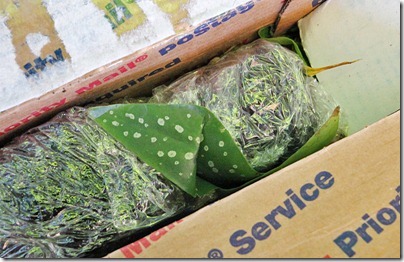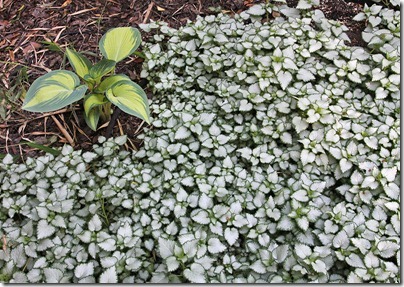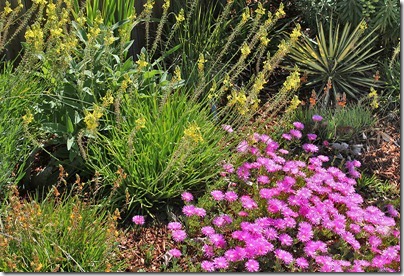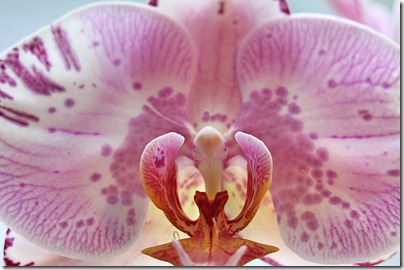Yet another plant trade

Only a week after my last plant trade , another goodie box arrived yesterday. It was just a small box, 8½" x 5½" x 1½", but it was crammed with a bunch of plants. After I tore open one side, I got a first glimpse of what was inside. The spotted leaf shown in the photo below was a tantalizing teaser! First peek of what’s in the box Trying to be as careful as I could because the plants were packed tightly, I extracted the contents from the box. After I laid everything out, I couldn't believe that all these plants had come from that small box. Contents of box The variety really is astounding: We have an angel wing begonia, two bamboo seedlings, three Epiphyllum and two Hylocereus cuttings, three sempervivums, and a ghost pepper seedling! Angel wing begonia potted up I’ve wanted a spotted angel wing begonia for a long time, and I’m glad I now have one. Here is an in-depth description of this hybrid that was created back in the mid-1920s. There are




